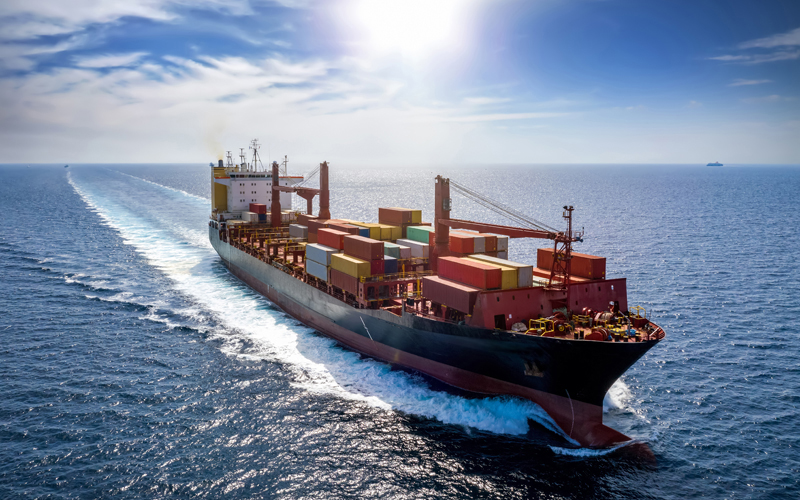The future of marine technology: A blueprint for sustainable shipping
More than 90% of world trade is carried by sea, which is a huge logistical operation to ensure goods arrive at their destination on time. With such vast amounts of cargo and crowded shipping lanes, what impact is the maritime industry having on the environment?
Transporting the world’s cargo across the ocean burns approximately 300 million metric tons of fossil fuels each year, which emits around one billion metric tons of CO2 into the atmosphere. The sector accounts for an estimated 3% of global greenhouse gas emissions and is currently a long way from achieving the requirements set out in the Paris climate agreement.
It’s clear shipping companies have become over reliant on outdated legacy systems that have a significant impact on carbon emissions. Here, we examine how the maritime sector is shifting toward a more sustainable future and how new technologies are supporting the move.
Shifting to a more sustainable course
Regulation within the shipping industry has increased as world leaders look to limit the damage being done to marine ecosystems and our environment. For example, the International Maritime Organisation introduced regulations that require shipping companies to publicly disclose their carbon footprints, emissions and pollution statistics.
However, more needs to be done. New technologies can be leveraged to implement these new policies and ensure ship operators are compliant. Advances in engineering and technology mean shipping companies have a wide range of sustainable solutions to choose from.
While initial investment may seem substantial, the long-term benefits such as fuel savings, operational efficiency and compliance with regulations can offset these costs. Moreover, investing in a sustainable future can enhance a company’s reputation and appeal to environmentally conscious customers and investors.
The future of marine technology
The benefits of technology when it comes to sustainability are clear to see. It’s already being used to develop greener fuels for vessels and to plot the most efficient, sustainable route for captains, one that inflicts the least disruption on marine life and the environment.
From a logistical standpoint, marine-grade computing solutions are helping crews transition to a digital future and improve ships carbon footprints. Conditions at sea are vastly different to those on land. Fluctuating temperatures, moisture in the air and vibration from heavy machinery can all cause severe disruption to a vessel’s operations, so the need for a robust, reliable onboard system is paramount.
Installing marine-grade PCs and IoT networks opens the door to the use of big data and analytics. Why is this important? Well, until recently, ships’ crews have relied on manual or siloed processes to keep track of things such as cargo, ocean conditions and onboard maintenance.
Through the implementation of IoT devices, all areas of the ship can communicate with each other, without relying on human intervention. For example, using wireless sensors to monitor emissions from a ship’s engines during a trip or analysing historical satellite data to chart the most economical and environmentally friendly course for a particular journey.
There is also greater innovation is on the horizon. Solutions such as AI and robotics offer a world of possibilities including autonomous shipping. Sophisticated AI-controlled vessels could significantly improve efficiency and reduce carbon emissions through the implementation of upgraded onboard digital systems.
Furthermore, engine technologies are also advancing. The adoption of alternative fuels such as liquid natural gas, hydrogen and biofuels in ships propulsion systems is reducing greenhouse gas emissions and air pollutants. The development of modern, cleaner engines with improved combustion efficiency and emission control systems are helping to reduce harmful emissions such as sulphur oxide and nitrogen oxide.
Overcoming challenges to protect the marine environment
The maritime sector’s efforts to reduce carbon emissions are vital for environmental and climate protection. While there are challenges to becoming more sustainable, the availability of new innovative technologies presents shipping companies with the opportunity to embrace greener practices and make significant strides toward a more sustainable and environmentally responsible future.
To find out more about Distec’s range marine-grade technology solutions, click here

